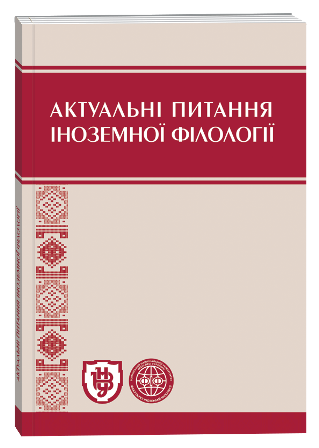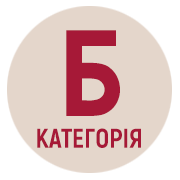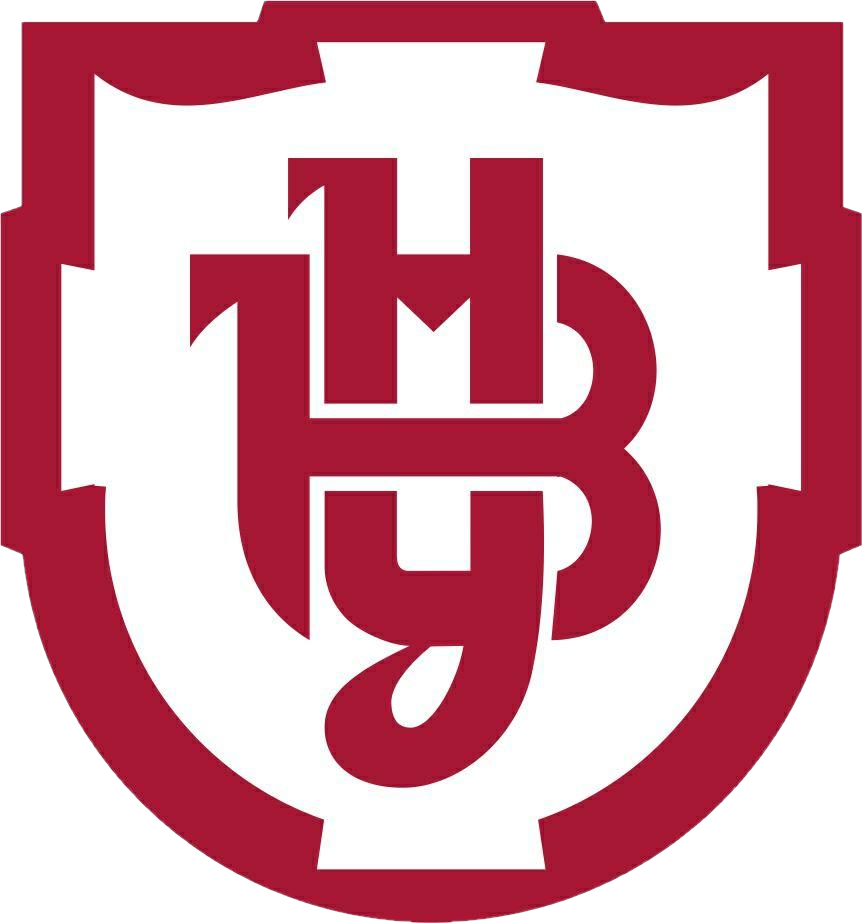DOMINANT EXCHANGE STRUCTURES IN AVIATION RADIOTELEPHONY DISCOURSE
Keywords:
radio communication, aviation radiotelephony discourse, exchange structures, human factorAbstract
The article deals with the analysis of dominant exchange structures in English radiotelephony discourse. The author states that the usage of standard phraseology is one of the most important factors in aviation safety, as it enables fast and efficient communication despite language ambiguity and it reduces misunderstandings. The article proves that incidents and accidents have occurred in which a contributing factor has been the use of non-standard procedures and phraseology. All these cases show the influence of human factor in aviation. In some instances, the use of language contributes directly or indirectly to an accident. At other times, language is a link in the chain of events which exacerbates the problem. Three ways are determined as contributing factors in accidents and incidents: incorrect use of standardized phraseologies; lack of plain language proficiency; and the use of more than one language in the same airspace. The term «professional discourse» is defined as the text immersed in professional life. The main features are described, they are professional orientation; verification; dialogueness; closeness; linguistic normativity; special stylistic layering. Aviation radiotelephone discourse is defined as aviation specialists’ communication which aims at the verbal exchange of professional information in the flight process with the help of radiotelephony. Exchange structures are based on the most frequently occurring conversational patterns in the given contexts. Familiarity with the scripts for a given situation plays an important role in the fluent and accurate production and comprehension of language in dialogue situations. It facilitates the ability to plan participation ahead of time on the basis of the expected course of the conversation. The principal components of these scripts are “moves” and “exchanges”. Three basic types of exchange patterns are defined: two moves initiated by the controller; three moves initiated by the controller; three moves initiated by the pilot.
References
Кириченко А. Г. Мовні особливості англійського авіаційного радіотелефонного дискурсу / Анна Георгіївна Кириченко // Вісник Львівського університету: Серія іноземні мови. – Вип. 21. – Львів, 2013. – С. 63–68.
Мальковская Т. А. Англо-русские соответствия в языковой структуре радиообмена в режиме общения пилот-авиадиспетчер : дис. ... канд. филол. наук : 10.02.20 / Т.А. Мальковская. – Пятигорск, 2004. – 163 c.
ICAO Manual of Radiotelephony (Doc 9432 AN/925) / International Civil Aviation Organization. – Montreal, 2006. – 106 c.
Doc 9835 – AN/453. Manual on the Implementation of ICAO Language Proficiency Requirements. – ICAO, 2004. – 149 p.
Mell J. Aeronautical Radiotelephony Communicative Functions / J. Mell, C. Godmet // Direction de la Navigation Aerienne : DNA8 (F). – 40 p. 6. Sassen C. Linguistic dimensions of crisis talk: formalising structures in a controlled language / Claudia Sassen. – Amsterdam: Benjamins, 2005. – 230 p.
Downloads
Published
How to Cite
Issue
Section
License
Copyright (c) 2025 Людмила Герасименко

This work is licensed under a Creative Commons Attribution 4.0 International License.







